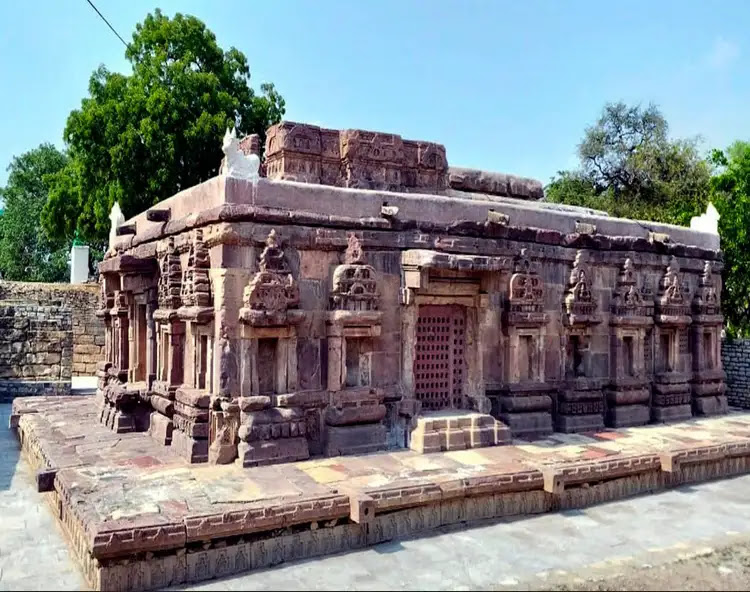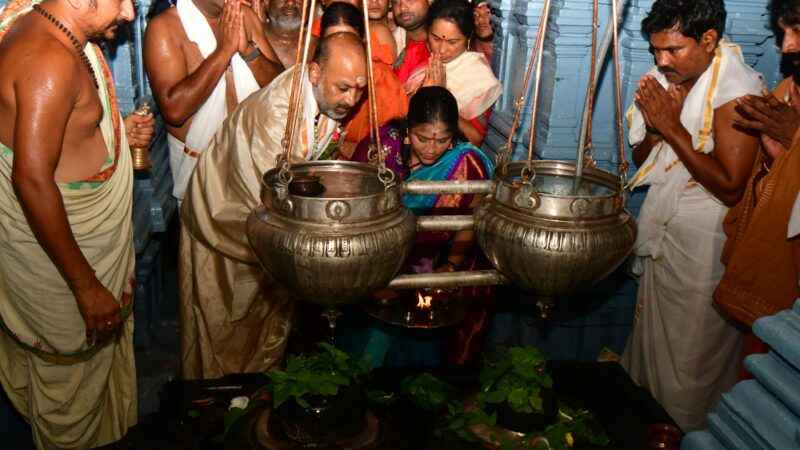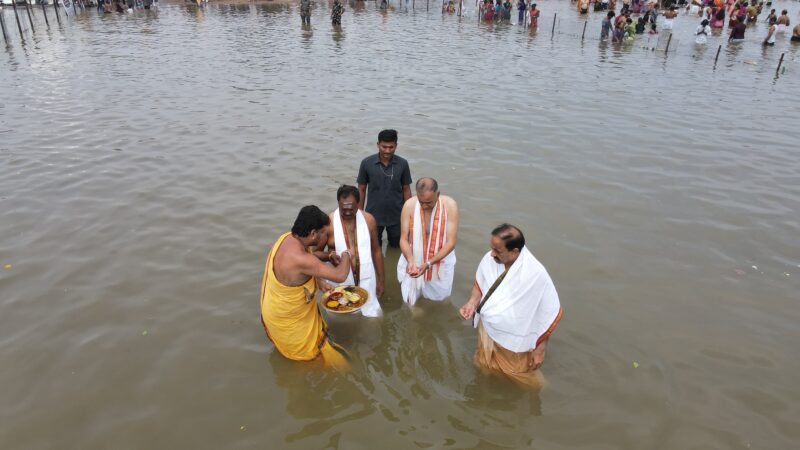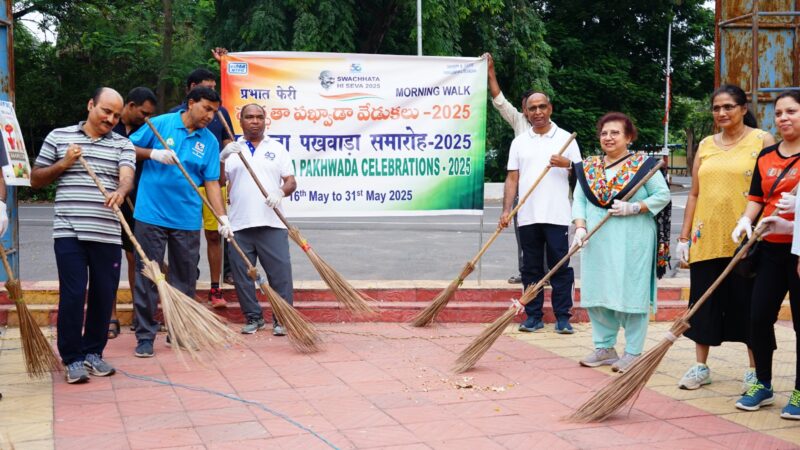Jogulamba Temple: A Symbol of Strength and Devotion in Telangana

Built in the 7th century AD during the reign of the Chalukya dynasty, the Jogulamba Temple is an architectural marvel. It is part of a complex consisting of nine temples, showcasing the grandeur of ancient Indian architecture, and is sometimes referred to as “Dakshina Kailash.” The temple is unique in that it houses both Shiva and Vishnu, further adding to its spiritual significance. According to local legends, the sacred Alampur Kshetra was the site of great penance performed by Lord Brahma.
The goddess in this temple is depicted in a striking form, sitting on a Peethasana, with her hair seemingly floating in the air. Lizards, scorpions, bats, and skulls are symbolic elements associated with her representation. Devotees believe these creatures appear when the quality of life diminishes in a household, with scorpions appearing when the decline worsens, thus linking the goddess to the well-being and prosperity of the home.
Regarded as the “house goddess,” Jogulamba is also believed to cure Vastu defects and bring prosperity to devotees. Special prayers and abhishekams are conducted on Tuesdays and Fridays, considered auspicious days for the goddess. The Kartikamasam pujas and the Shivaratri festival are celebrated with grand enthusiasm, especially in Kartikamasam when the temple is illuminated with electric lamps, attracting a large number of devotees and VIPs.
#JogulambaTemple #Telangana #MahaShaktiPeetha #Alampur #GoddessDurga #DevotionalTourism #Kartikamasam #Shivaratri #ArchitecturalMarvel #VastuShanti #SpiritualJourney






